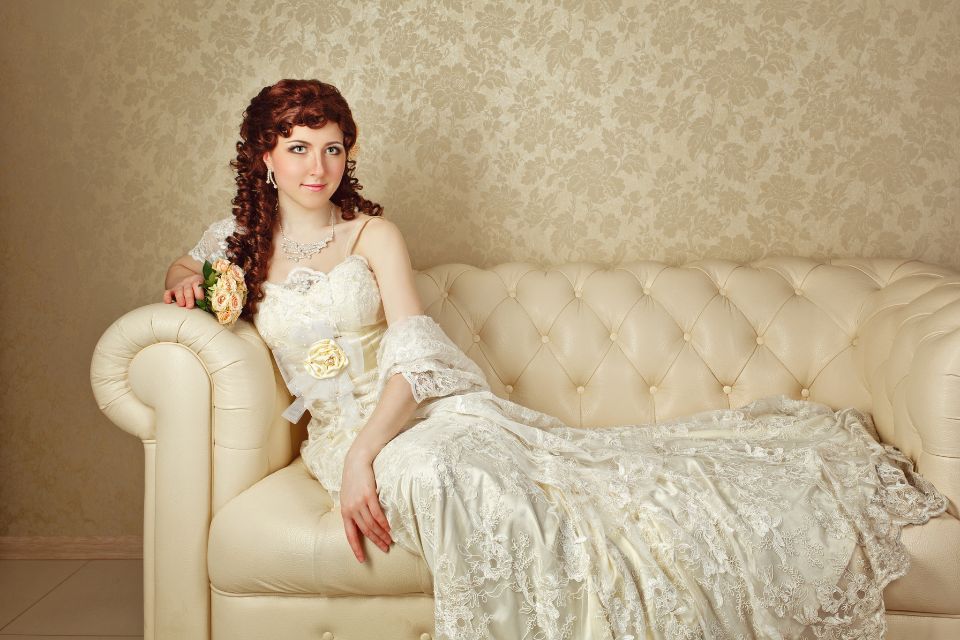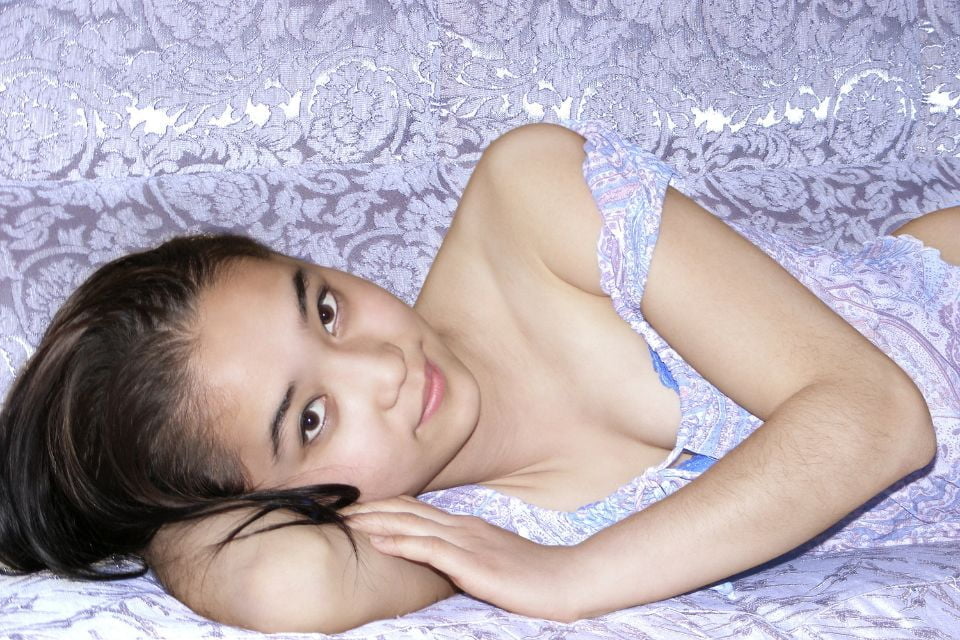Fashion Life Cycle
The fashion industry is constantly evolving, and with it, so are the various trends and styles that we see on the runways and in our favorite stores. However, what many people may not realize is that there is a method to the madness, and that is the fashion life cycle. This refers to the various stages that a fashion trend or style goes through from its introduction to its eventual decline. These stages can vary in length and can include:
1. Introduction: This is the stage where a new trend or style is introduced to the market. This can happen through designer collections, fashion shows, or even through social media influencers. The introduction stage is when the trend is at its peak of popularity, and everyone wants to get their hands on the latest “must-have” item.
2. Rise: As the trend gains momentum, it enters the rise stage. This is when the trend starts to become more mainstream, and more and more people begin to adopt it into their wardrobe. It has become a staple in many fashion-savvy individuals’ closets and starts to be seen in stores across the country.
3. Peak: The peak stage is when the trend is at its highest point of popularity. It is everywhere you look, from magazine covers to street-style photos. This is when the trend has reached its maximum exposure and is at its most influential.
4. Decline: After the peak, the trend begins to decline in popularity. This could be due to various factors such as overexposure, changing consumer tastes, or the introduction of new trends. The decline stage is when the trend is still seen in some fashion circles, but it’s no longer as ubiquitous as it once was.
5. Obsolescence: The obsolescence stage is the final stage of the fashion life cycle. This is when the trend is no longer seen as relevant or desirable, and it is considered to be out of fashion. It may still have a presence in vintage or retro fashion circles, but it is no longer a part of mainstream fashion.
The fashion life cycle is an important concept for understanding how trends and styles come and go and can be a useful tool for designers, retailers, and consumers alike. Understanding where a trend is in its life cycle can help inform decisions about when to invest in new pieces when to hold onto classic items, and when it may be time to let go of a trend that has run its course.
FAQs
Q: How long does it take for a trend to go through the fashion life cycle?
A: The length of time it takes for a trend to go through the fashion life cycle can vary widely. Some trends may only last a season or two, while others can last for several years. It depends on various factors such as the trend’s initial impact, how quickly it is adopted, and whether or not it can evolve and stay relevant over time.
Q: Can a trend ever come back into fashion after it has reached obsolescence?
A: Yes, fashion is cyclical, and trends often come back into style after they have been out of fashion for some time. This can happen when designers and influencers revisit past trends and put a modern spin on them, making them relevant for a new generation. However, there is no guarantee that a trend will come back into fashion, and it is always a risk to hold onto items in the hopes that they will become popular again in the future.
Q: How can consumers navigate the fashion life cycle to make the most of their wardrobe?
A: One way that consumers can navigate the fashion life cycle is by investing in classic, timeless pieces that are less likely to go out of style. These can serve as the foundation of their wardrobe and can be mixed and matched with trendier items to create a more balanced and versatile wardrobe. Additionally, consumers can pay attention to the rise and decline of trends and make informed decisions about when to invest in new pieces and when to let go of items that have fallen out of fashion.
In conclusion, the fashion life cycle is an essential concept for anyone interested in the world of fashion. Understanding the various stages that a trend goes through, from its introduction to its eventual decline, can help inform decisions about how to navigate the ever-changing landscape of trends and styles. Whether you’re a designer, retailer, or consumer, having an understanding of the fashion life cycle can help you make more informed decisions about what to invest in and when to let go of trends that have run their course.






